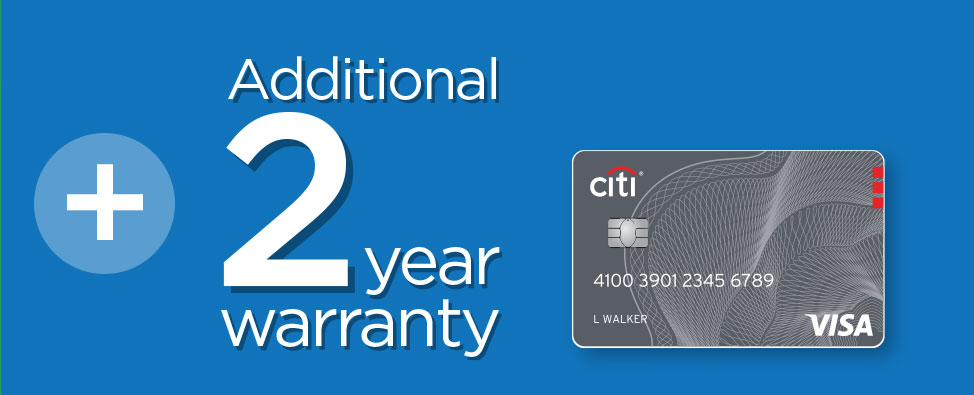Credit Card Benefits: Purchase Protection

Purchase protection simply means that the bank will provide you with a certain amount of money to compensate you if your purchases are stolen or damaged within a specific period of time after you make a purchase with a credit card that has purchase protection benefits
Amex credit cards: purchase protection is good for 90 days for purchases made after 01/01/2020 and 120 days for purchases made before that.
Amex Credit Cards: The three mid to high end cards, Platinum Card, Delta Reserve and Gold Card, are eligible for a single reimbursement of up to $10,000 with no change in annual reimbursement, including theft, damage and loss
Purchase Protection terms vary for Amex credit card holders in the following regions.
Chase Credit Cards: Three of the mid to high end cards, Sapphire Reserve, United Explorer and United Club, have a single reimbursement limit of up to $10,000 with no change in the annual reimbursement limit.
Chase's purchase protection policy is detailed on a per-card basis.
Capital One Credit Card: Not all cards are eligible for this benefit, such as the lower-end cards, click here for details.
BoA Credit Card: From what I can find, only Premium Rewards is mentioned as having this benefit.
What is covered by purchase protection and conditions
As for the range of goods and conditions of Purchase Protection, each bank (and even each card) The terms of the terms are not exactly the same. To find out if your credit card has the benefit and the specific policies, you can:1, find your cardmember agreement, which will be explained in detail above; and 2, contacting the bank's customer service.
In the following article, I will briefly introduce the Amex EveryDay card and the Sapphire Reserve card of Chase as examples.
Product Range
Amex EveryDay.
Merchandise purchased with the card or the card's Membership Rewards points. The goods are covered by the purchase protection regardless of whether they are used for personal use, as a gift, or for business.
Items not covered by purchase protection: live animals and plants, second-hand goods, works of art, items that have an expiration date (perfume, batteries, etc.), motorized equipment and accessories, rare stamps, bills and securities, etc.
Damage caused by natural disasters is covered up to a maximum of $500 per claim.
Chase Sapphire Reserve.
Merchandise purchased with the credit card or the card's Ultimate Rewards points, etc., whether purchased within the United States or from overseas.
The merchandise is protected by purchase protection regardless of whether it is used for personal use, as a gift, or for commercial purposes.
Items not covered by purchase protection: live animals and plants; boats, airplanes, and other vehicles and accessories; used goods; damage caused by war or natural disasters; works of art; items with an expiration date (e.g., perfume, batteries); medical equipment; and more.
Other common conditions
If the item was damaged or stolen when you used several different credit cards at the same time to purchase it: for example, you used A and B two credit cards from different banks to buy item C. If item C is stolen, you find A's bank to use Purchase Protection benefit, A's bank will only calculate the compensation according to the amount paid by A's credit card at that time. Similarly, if you use a credit card or other payment method such as a gift card to pay for an item, the bank will only calculate the compensation based on the amount you paid with the credit card. The credit card payment amount is used to calculate the compensation.
The bank will require the cardholder to report lost or damaged merchandise to the bank within a certain amount of time. For example, Chase's requirement is that the cardholder must contact the bank within 90 days of the damage or loss of the merchandise.
How do I make a claim?
The banks are more strict about claiming Purchase Protection. Have your own set of processes. Each bank's process will vary a bit, but most are similar.
Process and Materials
Using Chase as an example, its process is.
First, you'll need to contact the bank's Benefit Administrator (you can call the customer service number on the back of your card and they'll transfer you to them) within 90 days of the damage or loss of the item.
Then, after understanding your situation, the Benefit Administrator will send you a claim forms to fill out.
Submit the completed form to the bank, along with the customer service or any relevant supporting documents mentioned in the form. This step needs to be completed within 120 days of the damage or loss of the item.
Some of the common supporting documents are.
A bank statement with information such as the date of purchase and amount of the item. A receipt from the merchant. A police report with a case # if the item was stolen. Damage estimate provided by the authorized repair facility.
Amount of compensation
This also varies from bank to bank, and I've summarized the maximum compensation for each bank above. There are two common types of compensation: direct reimbursement from the bank or the bank paying to repair the merchandise. It all comes down to how much the bank will ultimately compensate you for the damage. If the merchandise is damaged, the bank may just fix it or buy you a new one. If the merchandise is lost, the bank may just buy you a new one. Of course, all of this assumes that the bank doesn't spend more than the maximum compensation amount
Lastly, although Purchase Protection is a great free benefit, it should not be abused, and you should not lie and defraud the bank to "earn" the money.



